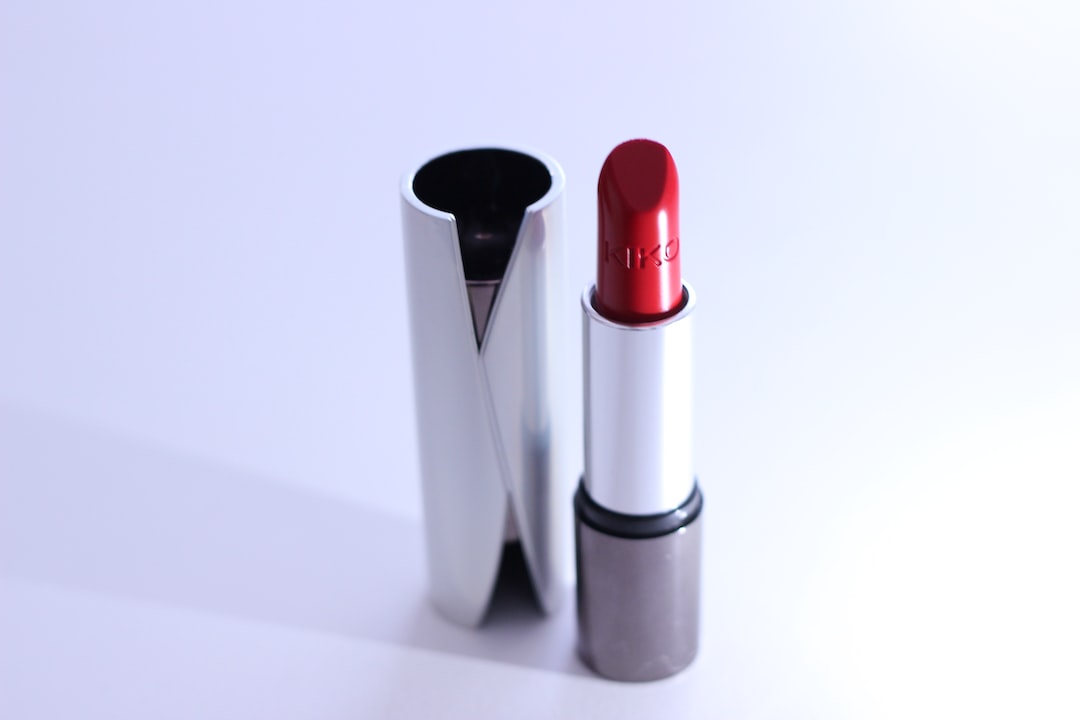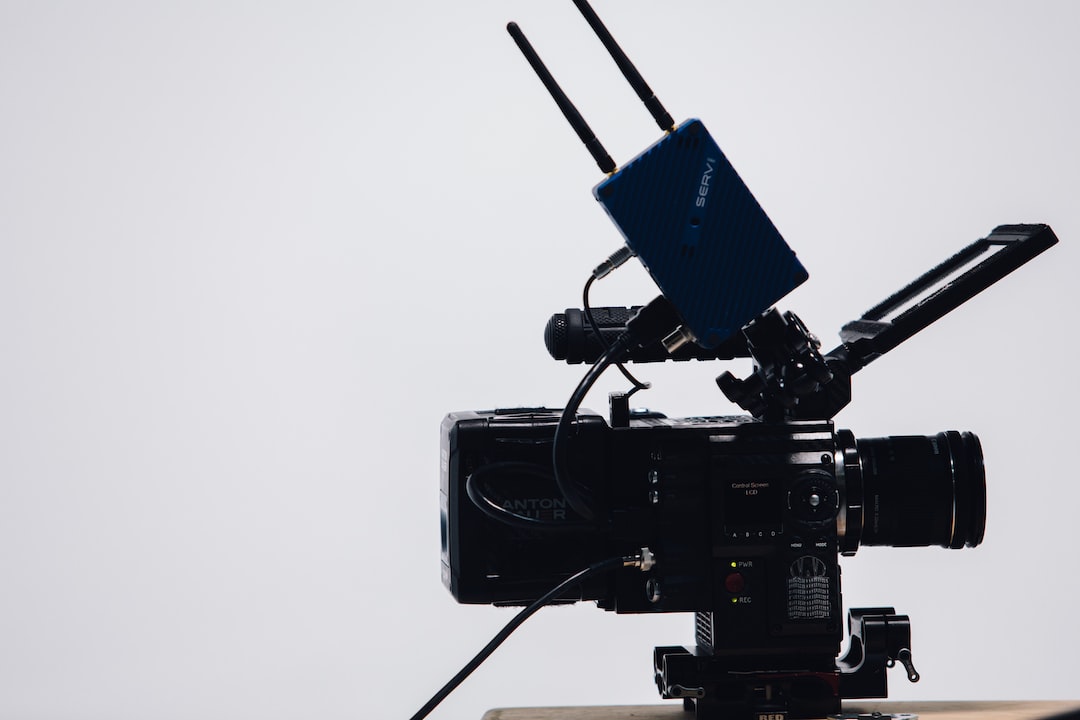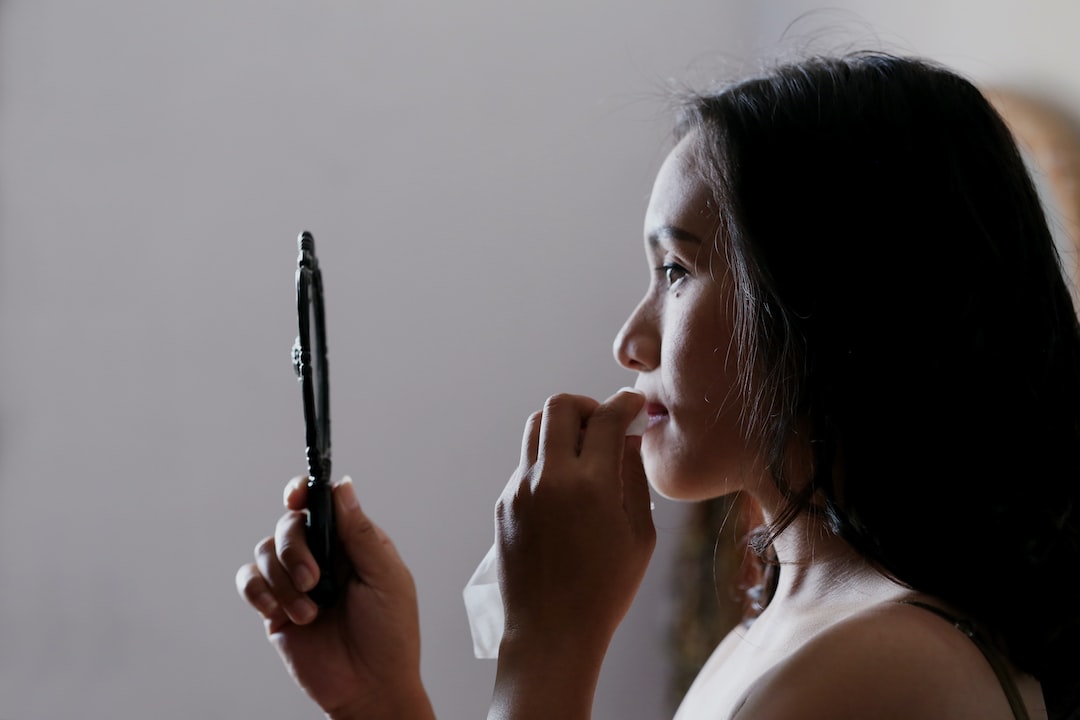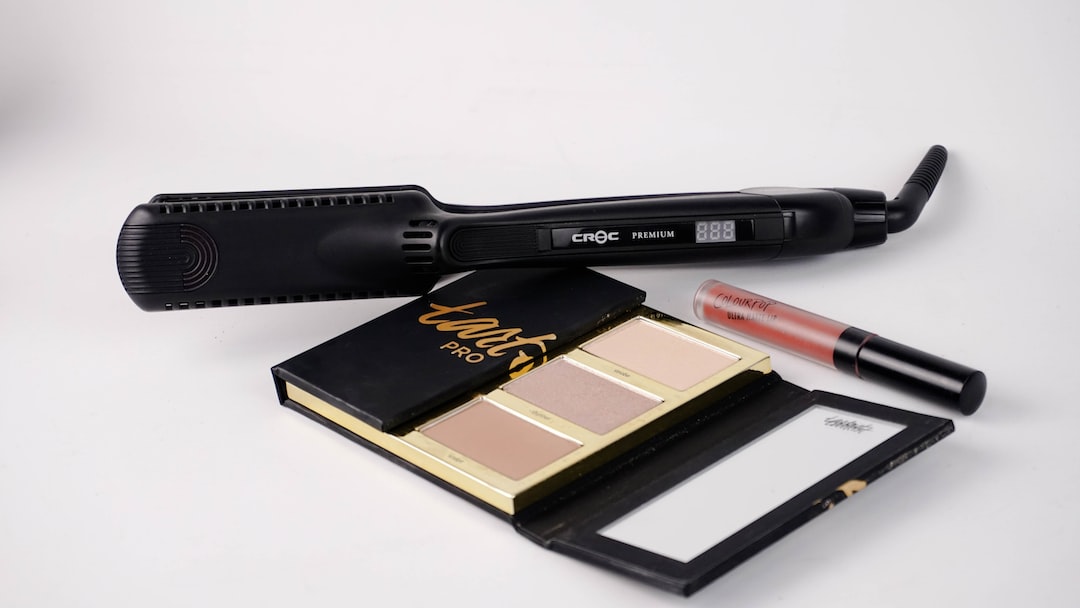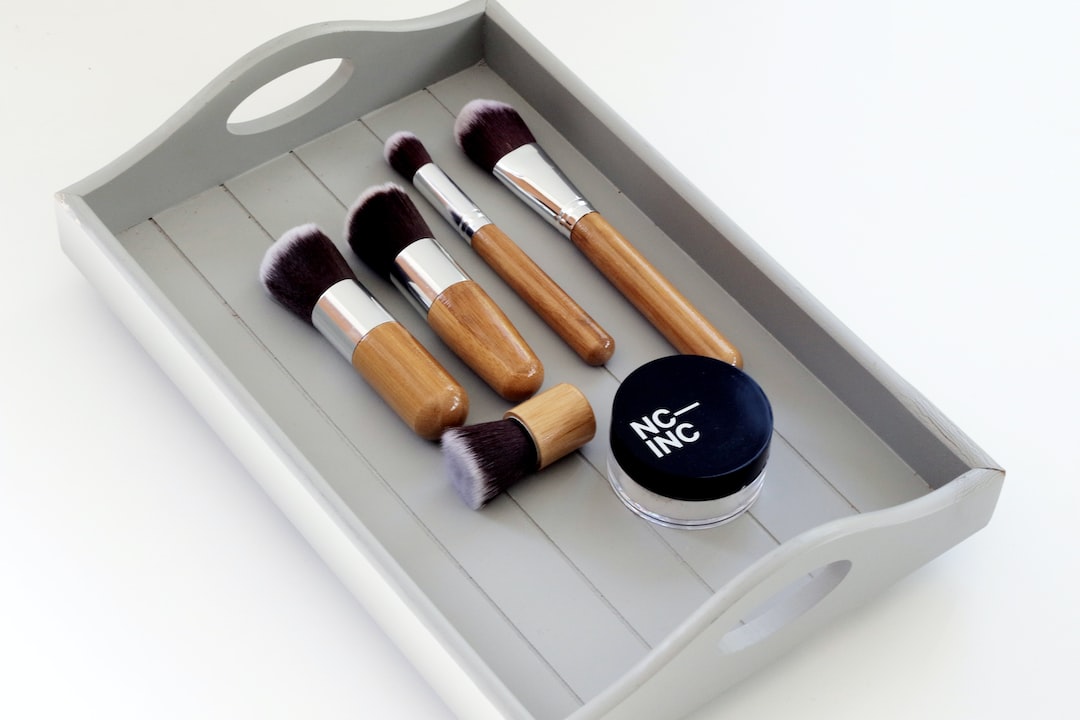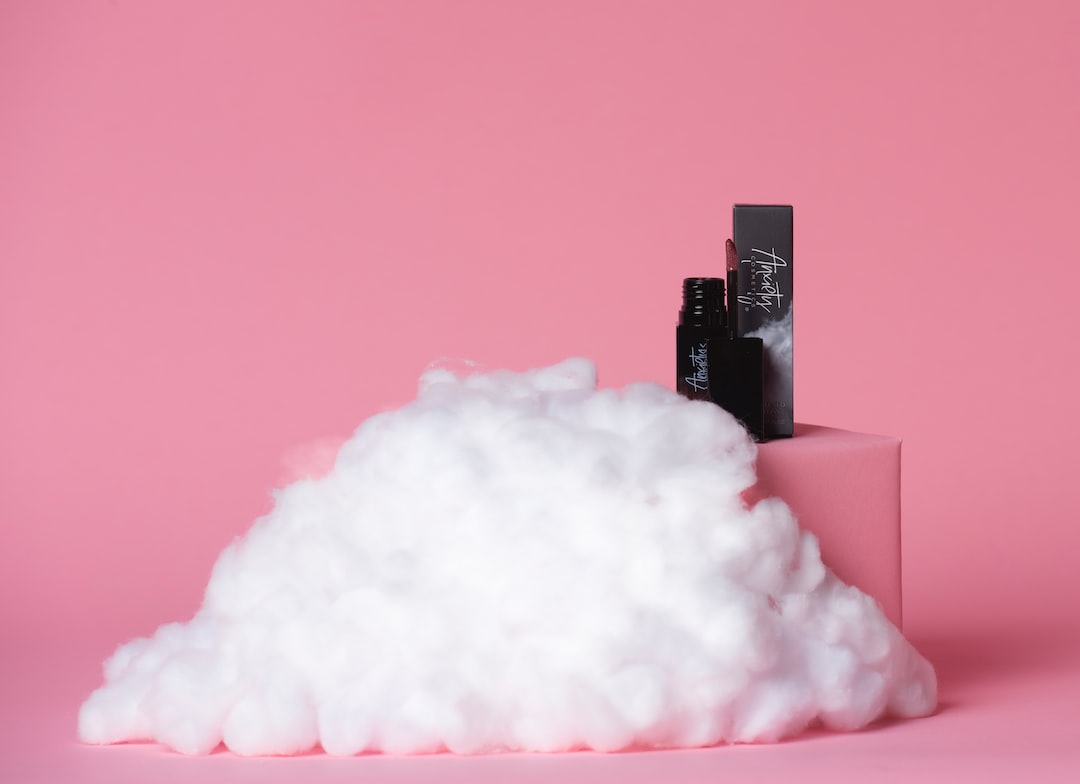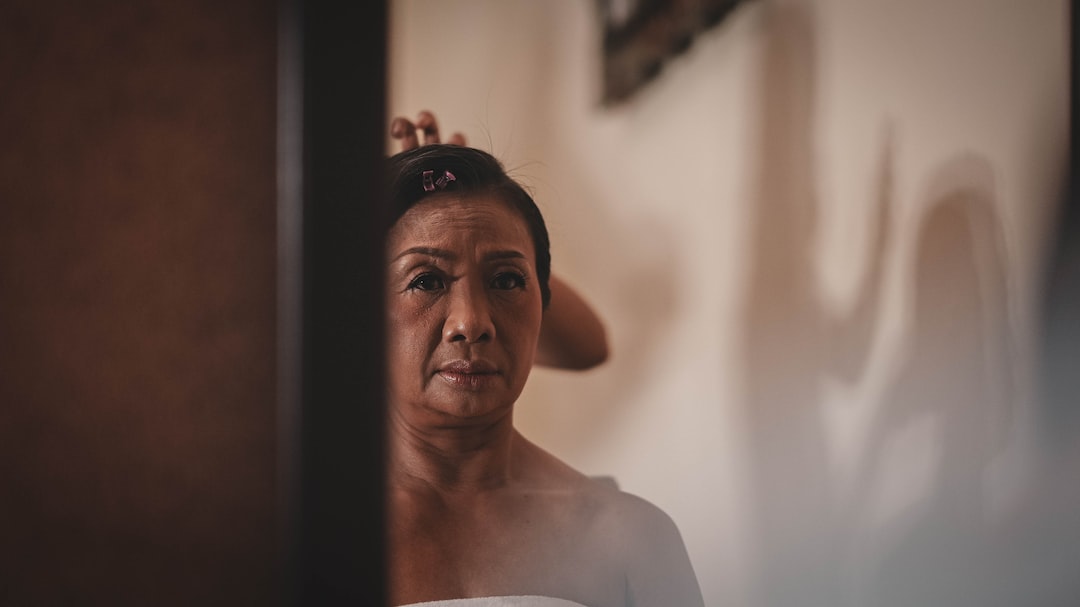Getting a tattoo removed can be an exciting but also nerve-wracking experience. After the procedure, it is important to follow the proper aftercare routine to ensure optimal healing and minimize any potential risks or complications. This article will guide you through the process after tattoo removal.
Post-Treatment Care
Immediately after the tattoo removal procedure, your tattoo removal specialist will provide you with detailed instructions on how to care for the treated area. These instructions may vary depending on the type of tattoo removal method used.
Some common aftercare tips may include:
- Keeping the treated area clean and dry
- Avoiding direct sunlight and wearing protective clothing
- Applying an ointment or a healing cream recommended by your specialist
- Avoiding scratching or picking at the treated area
- Avoiding excessive physical activity or sweating
- Avoiding swimming or soaking in water (such as baths, hot tubs, or pools)
- Wearing loose and breathable clothing over the treated area

Expected Side Effects
It is common to experience certain side effects after tattoo removal. These side effects include:
- Redness and swelling: The treated area may be red and swollen for a few days after the procedure.
- Blistering: Blisters may form within 24 to 48 hours post-treatment. It is important not to pop or pick at these blisters, as it can increase the risk of infection.
- Scabbing: The treated area may develop scabs, which should be left to heal naturally. Picking at the scabs can lead to scarring.
- Itching: Itching is a common side effect during the healing process. However, scratching can damage the new skin and slow down the healing.
- Possible infection: Although rare, there is a risk of infection. It is important to keep the area clean and watch for any signs of infection, such as increased pain, redness, or pus.
Healing Time
The healing time after tattoo removal can vary depending on various factors, such as the size and color of the tattoo, the removal method used, and individual healing capabilities.
In general, it takes several weeks for the treated area to fully heal. During this time, it is crucial to follow the aftercare instructions provided by your specialist to promote proper healing and minimize the risk of complications.
Follow-Up Sessions
In many cases, tattoo removal requires multiple sessions to achieve the desired results. These sessions are usually spaced several weeks apart to allow the skin to heal and recover.
During follow-up sessions, the tattoo removal specialist will assess the progress of the removal and make any necessary adjustments to the treatment plan. They will also provide additional aftercare instructions to ensure optimal healing after each session.
It is important to attend all scheduled follow-up sessions and communicate any concerns or questions you may have with your tattoo removal specialist.
Remember, the process after tattoo removal requires patience and commitment. By following the proper aftercare routine and attending all necessary follow-up sessions, you can increase the chances of successful tattoo removal and minimize any potential risks.
